Top rot of tomatoes in the greenhouse
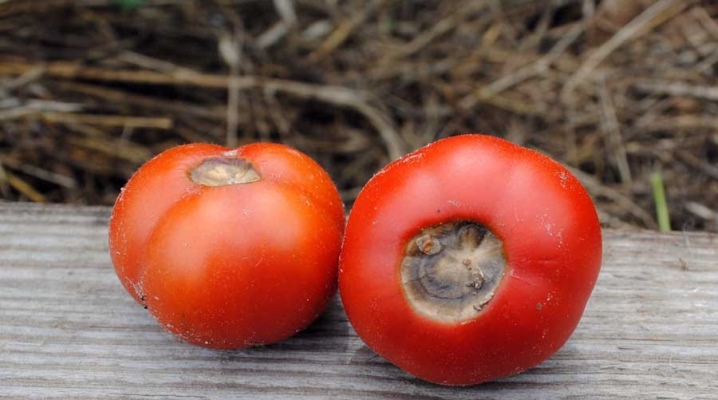
Top rot is one of the most unpleasant (in terms of flow and consequences) non-infectious pathologies of tomatoes. With the outward general health of the bush, the tip of the fruit dries out, which means that the harvest is under threat. And even if an attentive gardener discovered a problem in time, harvested tomatoes are still suitable for salad, but they are not suitable for conservation. The enemy not only needs to be known by sight, but also to understand how to deal with it, to know why it appears, and to enlist a list of varieties resistant to apical rot.
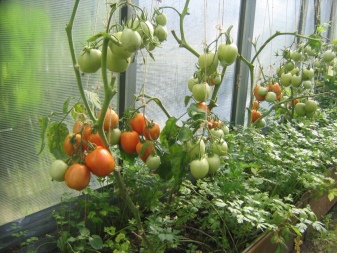
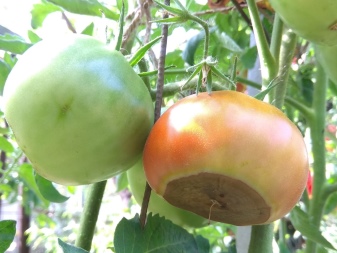
Description
Contrary to popular belief, the top rot that appears on tomatoes in a greenhouse has nothing to do with a bacterial attack or fungal infection. Yes, bacteria and fungi are able to join the initial disease and further aggravate the situation, but they do not provoke it. In botanical terms, top rot on tomatoes is calcium starvation. The plant simply lacks calcium, and the tip of the fruit is forced to pay for it.
The fact is that this element is carried out of the soil and transported by the roots first to the top of the bush, and already from it, as from the central highway, it goes to secondary roads, that is, to the leaves. And calcium reaches the fetus in the last turn.
What calcium solves:
- helps in metabolic processes between carbohydrates and proteins;
- controls the activity of enzymes;
- is a participant in the process of photosynthesis;
- glues cells together (together with pectins);
- reduces the acidity of the soil, which will then affect the synthesis of vitamins.
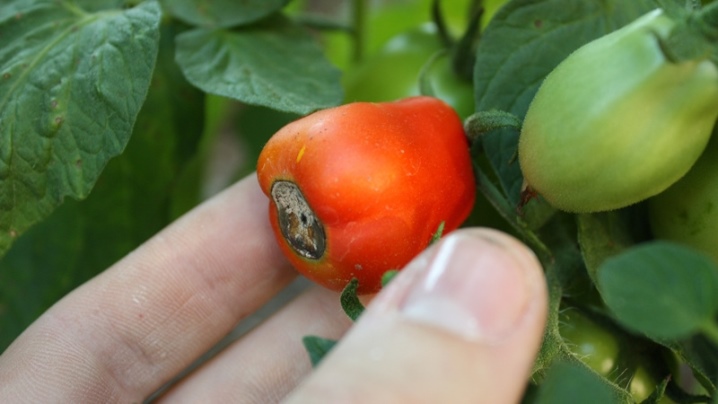
It is obvious that without calcium, biochemical processes cannot proceed fully.
If at the first stage of the appearance of rot the tomatoes are not helped, soon a fungus will form on them. He is attracted to this disease and the deterioration of the plant condition will be dynamic. For every farmer (even a beginner), it is important to understand what affects a particular ailment, how to prevent it. It is clear that if the matter is in the lack of calcium, then it is in this direction that you need to be careful and not let the problem form.
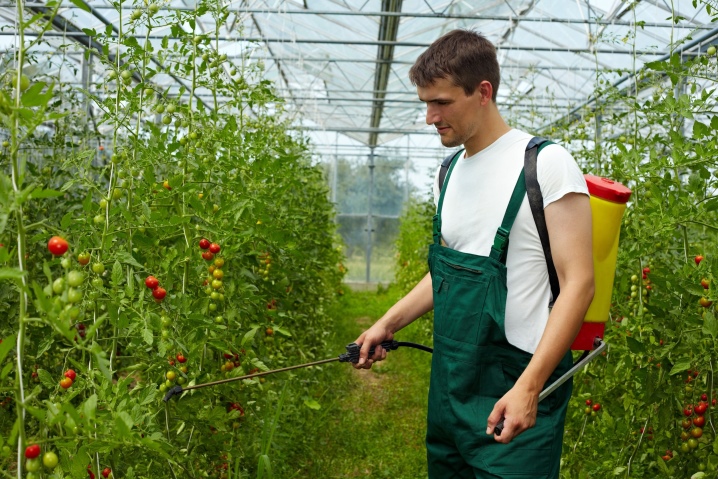
Causes of the onset of the disease
It seems that the very statement of the question is doubtful: calcium is ubiquitous in nature, where this deficiency can come from. It is in water and soil, that is, in what the culture grows in and in what it is watered with. But dry rot is a combination of negative aspects that are aggravated by an imbalance of trace elements, including calcium (if not primarily).
Most often, top rot affects tomatoes due to the following factors.
- Irrigation errors. Lack of watering - and the plant is already vulnerable to any ailment, and a small calcium deficiency as well. At the same time, over-watering can also trigger disease.
- Mineral imbalance. If the plant lacks calcium, the disease is already at the ready. And if potassium and fluorine join this deficit, but there is too much nitrogen in the soil, top rot is almost guaranteed.
- Soil acidity. Tomatoes - and even novice gardeners know this - are capricious about the pH of the soil. If the acceptable level has changed, the culture weakens and "grasps" the disease. Including top rot.
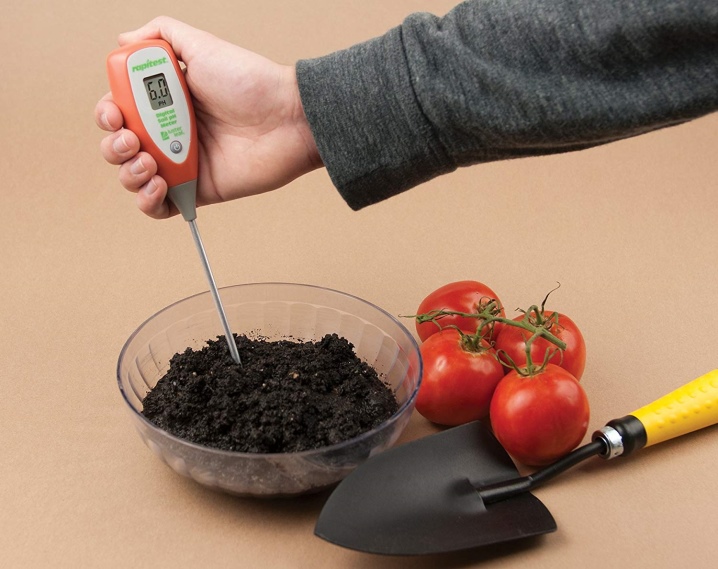
If there is a constant high humidity in a polycarbonate or film greenhouse, stale and stagnant air is also a big threat to nightshades. With insufficient aeration of the parts of the plant, the disease develops quickly.And a weakened plant will soon find a fungus or infection, and from them they can easily get over to healthy fruits. Hence the appearance that the matter is in a bacterial or fungal scourge.
And some more simple chemistry. For good absorption of calcium by the culture, it is necessary that potassium does not interfere with this. These elements are antagonists.
In order for both substances to be perfectly absorbed by plants, their ratio should be as follows: 1 part potassium to 0.7 parts calcium. If potassium is applied to the soil in an amount of 1 kg, for example, then calcium will be required 700 g. And both elements should get into the soil in an easily accessible form.
So, if the summer resident overdid it and added too much ash to the soil, the same potassium-calcium imbalance will happen, and the harvest is threatened.

The protest of gardeners is already heard, reminding that both elements are present in the ash, and when burning plant residues, their balance is optimal. But regarding potassium, yes, they are right, it is remarkably absorbed by plants (and tomatoes are no exception), but with calcium it is not so simple. It is present in the ash, undoubtedly, but in a form that is difficult to access. Therefore, its release is slow, it happens that the process is delayed for several years. Therefore, the tomato receives its dose of potassium immediately, and the calcium from the ash enters the plant only for the next season - and this is still an optimistic scenario.
It turned out that the causes of top rot are a whole combination of factors. And if it's hot outside, day by day the thermometer only creeps up, the top rot has more and more chances. And so it is. Therefore, to know what kind of soil is on the site, to be able to check its acidity, to properly feed the plants, to water it correctly and to deal with high humidity in the greenhouse - this is what will have to be done against the appearance of rot.
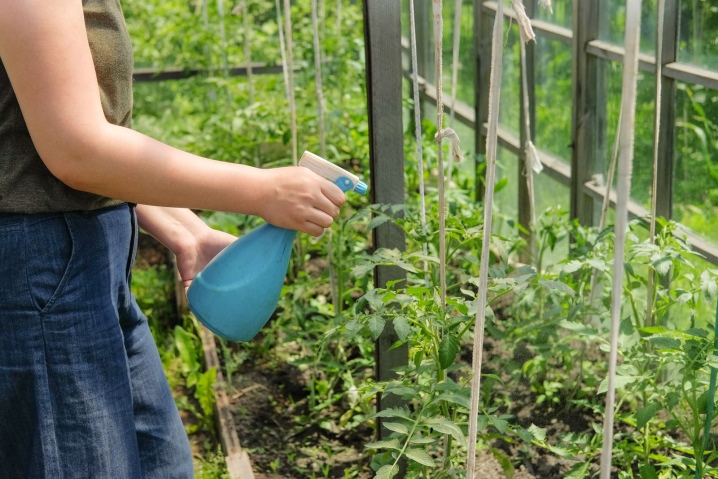
Signs of defeat
Only the most inattentive will not notice it. In open ground, it almost does not appear, except perhaps only in the southern regions. But in the greenhouse it appears everywhere. Even before the fruit sets, signs of ailment can be noticed: very young leaves inexplicably begin to turn yellow, the apical part of the shoots is noticeably deformed, sometimes to a hook-like state. Well, if the case is neglected, the vertex part dies off altogether.
If such a bush is left as it is, the tomatoes will get sick with this ailment. And their defeat, caused by the inaction of the agrarian, will be significant.
What top rot looks like:
- a light spot is formed on the top of the tomatoes - whitish, yellowish or brown;
- over time, the affected area will grow, darken and be depressed;
- the brown top remains firm, it does not get wet, therefore rot is called dry;
- the fetus after such a lesion no longer grows and quickly, excessively quickly turns red.
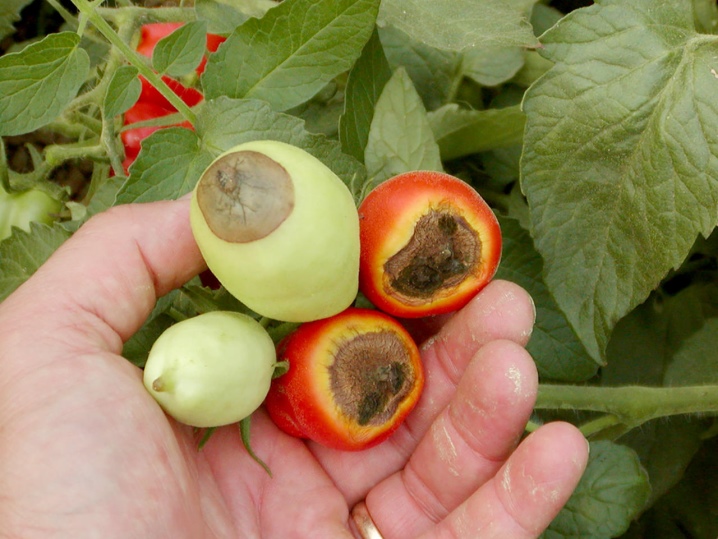
Top rot does not choose when to appear: at any stage of plant development, it can make itself felt. But still, she often attacks tomatoes that have barely grown to their half size.
Need to say, scientists have not yet been able to fully study the problem of summit rot - so as to provide an explanation for each example. It happens that with similar external signs, wet rot will develop, and it already captures the pulp of the plant.
A pathogen sneaks into the affected area of dry rot and causes weeping rot - this option is also common. In any case, the fruit becomes unusable.
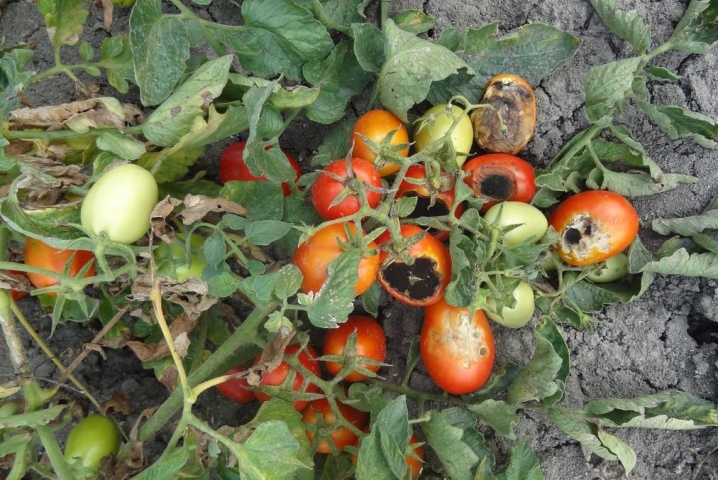
How to fight?
Alas, the treatment may not lead to anything. Not because this disease is so insidious, but because gardeners often choose one means of struggle and pin all their hopes on it. But to understand what became the detonator of the onset of the disease, and what contributed to it, is difficult. Therefore, ideally, you need to beat "all the rabbits." If apical rot is treated comprehensively, the chances of a successful outcome are much greater.
Drugs
Those preparations, which contain a lot of the necessary calcium, do not act as quickly as we would like.It seems that calcium nitrate works quickly - this is so, but it contains nitrogen, which is definitely useless for the affected tomatoes.
About the use of calcium nitrate:
- if tomatoes have apical rot and signs of nitrogen starvation, such a drug will benefit them;
- there is no lack of nitrates, but it is also clear that one such top dressing does not threaten tomatoes - you can use saltpeter;
- lack of calcium is fixed before the formation of ovaries - saltpeter can also be given a green light.
Spraying takes place with saltpeter diluted in 10 liters of water in an amount of 10-15 g. Each bush at the root receives 1 g of saltpeter. If the tomato variety is tall, you will need 5 liters of solution, and 3 liters is enough with a standard one. Fertilizer is diluted in such an amount.
And you can also pay attention to the pharmaceutical drug "Dimexide". It does not particularly work on tomatoes, but it helps the substances that are sprayed on to reach the parts of the plant. The working solution is as follows: 2 caps of Dimexidum for 10 liters of water.
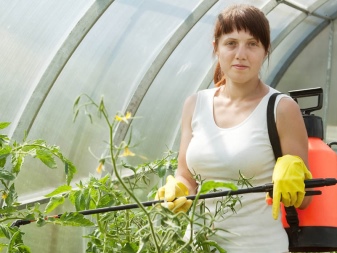
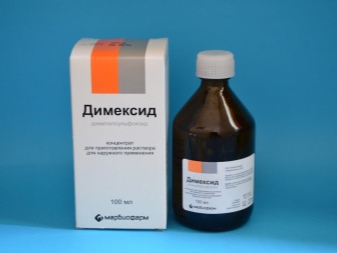
Folk remedies
Processing bushes using folk methods in practice gives a good result. So, you can use chalk, lime, dolomite flour and eggshells in the fight for a healthy harvest. True, in these components, calcium is in the form of carbonate, that is, it may not work quickly. And to speed up its activity, you need to add acid to the case - acetic, for example.
How to do the vinegar treatment.
- A tablespoon of crushed chalk is sent to a 0.5 liter jar. Instead of chalk, you can take dolomite flour.
- Carefully pour the chalk or flour with vinegar, the process is accompanied by foaming and hissing - which is normal. When the reaction is mild, a fresh batch of vinegar is sent to the jar.
- The mixture that stops foaming becomes calcium acetate. So it needs to be diluted in 12 liters of water.
- With this composition, tomatoes should be processed at the root and on the leaf.
Do not be afraid of diluted acetate - it will not harm the culture. As well as soil acidification, you should also not be afraid.
But what measures will be destructive and will not help get rid of the top rot is the use of soda and calcium chloride. There is so much sodium in soda that you can spoil the soil on the site thoroughly and for years to come. Solanaceae, in principle, do not like calcium chloride.
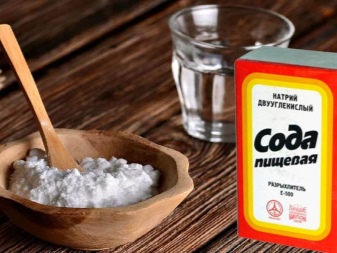

Prevention
Preventive work is always associated with the characteristics of a particular site. For example, if the soil in the garden is dense, heavy, with a tendency to acidification, it makes sense to calcify the soil. Bone or dolomite flour, fluff and ground chalk are used for this. These substances are introduced according to the formula 1 kg per 1 square meter, during the autumn digging of the site. But spring liming of the earth is also permissible.
If the site is waterlogged enough, it needs good drainage. If you can't drain it well, you will have to make high ridges and fill them with soil with a light structure and substances with lime in the composition.
In the greenhouse, the appearance of rot is facilitated by a lack of water. If the soil is dry and loose, it needs urgent weighting. This can be done using turf soil or good land from the garden. And to reduce the acidity of the soil, you need to add chalk / dolomite flour to it. Evaporation can be reduced by mulching the soil after planting plants in it.
The conclusion is simple: a balanced soil composition, regular and sufficient watering, and moisture control in the greenhouse will help prevent the development of top dry rot. Since this is not an infection, competent tomato care will be decisive.
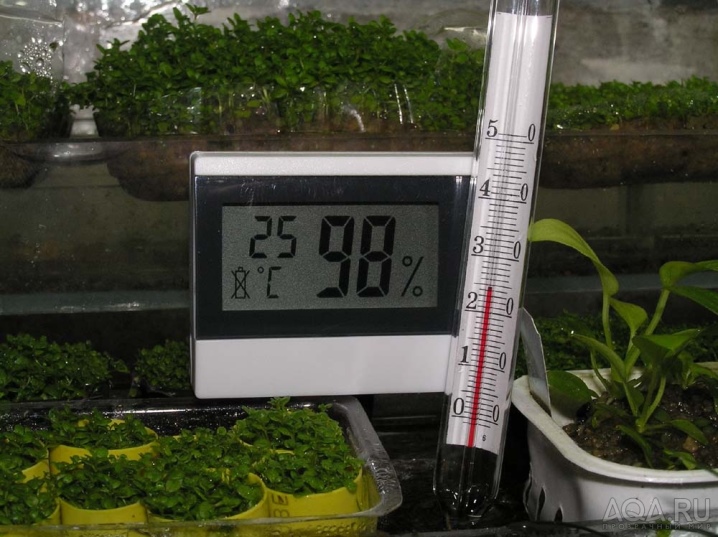
Resistant varieties
The varieties that are susceptible to rot and those that do not seem to be afraid of it are determined externally.
- The form. Elongated varieties are always a greater risk, because it takes even longer to get to their tips due to the shape of calcium.
- The size. Small cherry tomatoes and their varieties are almost all immune to top rot. But for beef tomatoes you need an eye and an eye. In a word, if the weight of one fetus is about 200 g, it is at risk.
- Colour. Pink and yellow varieties are out of luck, their rot chooses first of all. Blacks rarely get sick, and red ones are in the middle of this line. Still, the risks for the Reds can be assessed as high.
When purchasing a summer cottage or inheriting it from relatives, it is worth asking about the general picture of productivity and diseases. It only seems that the new owner will change everything, rebuild, and no one and nothing will intrude into his plans.
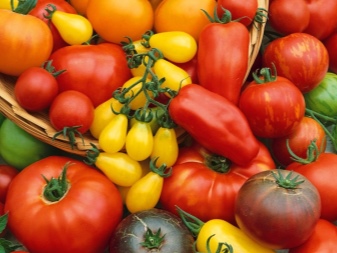

In fact, he has to deal with unexplained causes of illness, infections that have come from nowhere and other hardships that interfere with the struggle for the harvest. But if the “clinical picture” is clear, it will be clear where to fertilize the soil (and with what), how long has the crop rotation been carried out, what has grown well, what is not very good, and so on.
Correct agricultural technology, healthy soil and timely plant nutrition - this is the very formula that underlies the solution of most problems on the site. You should also remember about the daily inspection of the bushes: you need to look under each tomato bush, inspect it from all sides, and then no rot will have a chance of spreading. Tomatoes - not to get sick, and the owner of the garden - to remain caring and attentive!
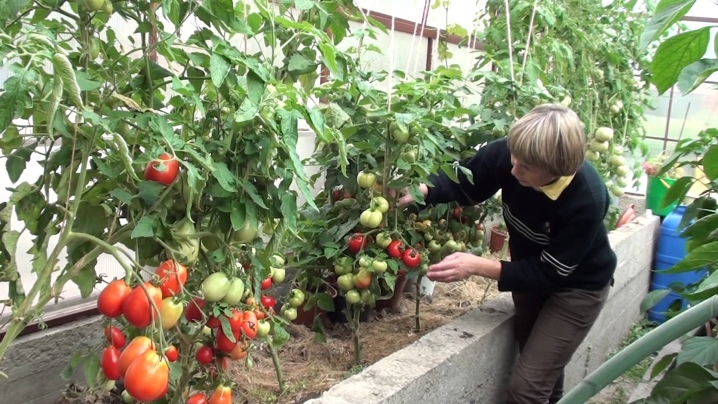
See the video for the fight against top rot of tomatoes.













The comment was sent successfully.